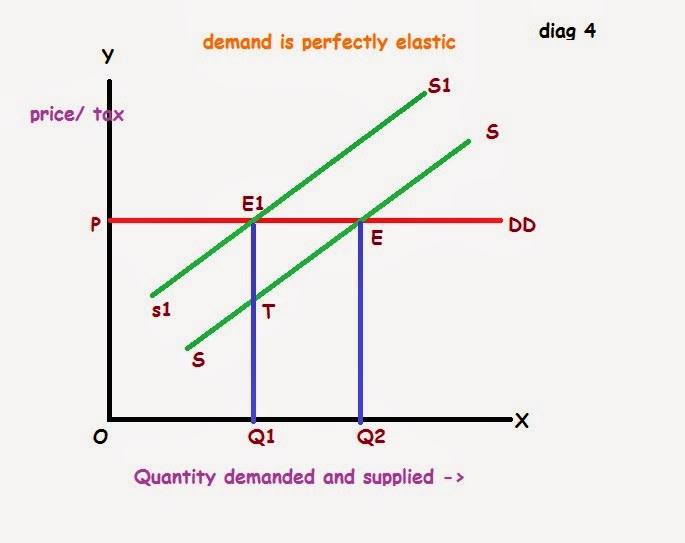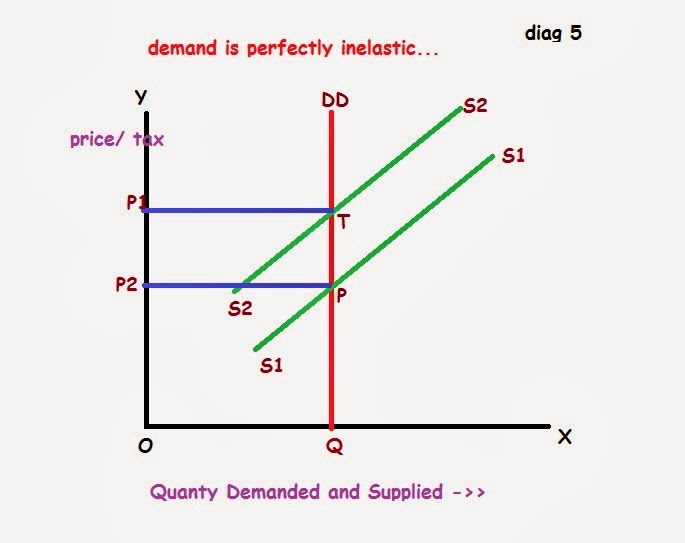According
to Keynes, the factors affecting consumption function can be broadly classified
into two categories:- 1)Objective factors, 2)Subjective factors
1)
Objective factors:-The objective factors are exogenous in nature and
cause shift in the consumption function. Following are the main objective
affecting consumption function ---
(a) Changes in wage level:-In general, there is positive
relationship between wage and consumption expenditure. If the wage rate rises,
consumption function shifts upward and vice versa.
(b) Distribution of income:-Consumption function not only
depends upon income, but also on the way in which the income is distributed.
Greater the inequality in income distribution lower will be the propensity to
consume and greater the equality in income distribution, higher will be the
propensity to consume.
(c) Windfall gains and losses:-windfall gains and losses also affect
consumption function. Windfall gained tends to raise the propensity to consume
while windfall losses are likely to shift the consumption function downward.
(d) Introduction of new products:-Introduction of new products in the
market, by changing the scale of preferences of the consumer, leads to increase
in consumption expenditure.
2)
Subjective factors:-Subjective factors are endogenous in nature which determines
the slope and position of consumption function. According to Keynes there are
eight motives which leave the individual to refrain from spending out of their
income.
a) To build the reserve for unforeseen
contingencies like death, diseases etc.
b) To provide for anticipated future
needs like retirement, future higher studies of children.
c) To enjoy an enlarged future income
by investing funds of correct income.
d) To enjoy a sense of independence.
e) To process power or to get higher
social or political status.
f) To secure enough funds to carry out
speculation because speculation is an essential part of money market.
g) To bequeath a fortune. (Bequeath means
give or hand on)
h) To satisfy purely, miserly, instinct.





 **********************
**********************